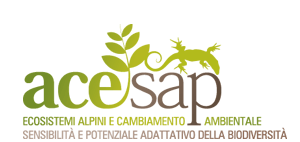| Sequence data of the rbcL–rbcS noncoding intergenic spacer of the plastid genome for 47 specimens of Porphyra and Bangia from the northeast Atlantic reveal that they fall into 11 distinct sequences: P. purpurea, P. dioica (includes a sample of P. "ochotensis" from Helgoland), P. amplissima (includes P. thulaea and British records of P. "miniata"), P. linearis, P. umbilicalis, P. "miniata", B. atropurpurea s.l. from Denmark and B. atropurpurea s.l. from Wales, P. drachii, P. leucosticta (includes a British record of P. "miniata var. abyssicola"), and P. "insolita" (includes P. "yezoensis" from Helgoland). Of these, data obtained for P. purpurea, P. dioica, P. amplissima, P. linearis, P. umbilicalis, P. drachii, and P. leucosticta were based on type specimens or material compared with types. Comparison of sequence data for Porphyra spp. and Bangia atropurpurea s.l. (including B. fuscopurpurea, the type species of Bangia) confirms that the species are congeneric. The data also confirm that the number of layers that make up the Porphyra thallus are not taxonomically significant. Comparison of sequence data for species from the northeast Atlantic with those for material of two species from the Pacific reveals that the species fall into two distinct groupings: an Atlantic group, containing P. purpurea, P. dioica, P. amplissima, P. linearis, P. umbilicalis, P. "miniata", and B. atropurpurea, and a Pacific group, containing P. "pseudolinearis", P. drachii, P. leucosticta, P. "yezoensis" (including a sample of P. "tenera"), and P. "insolita" (including P. "yezoensis" from Helgoland). The possibility of alien species in the northeast Atlantic is discussed. |
 A reappraisal of P(file pdf, 130 KB)
A reappraisal of P(file pdf, 130 KB)





